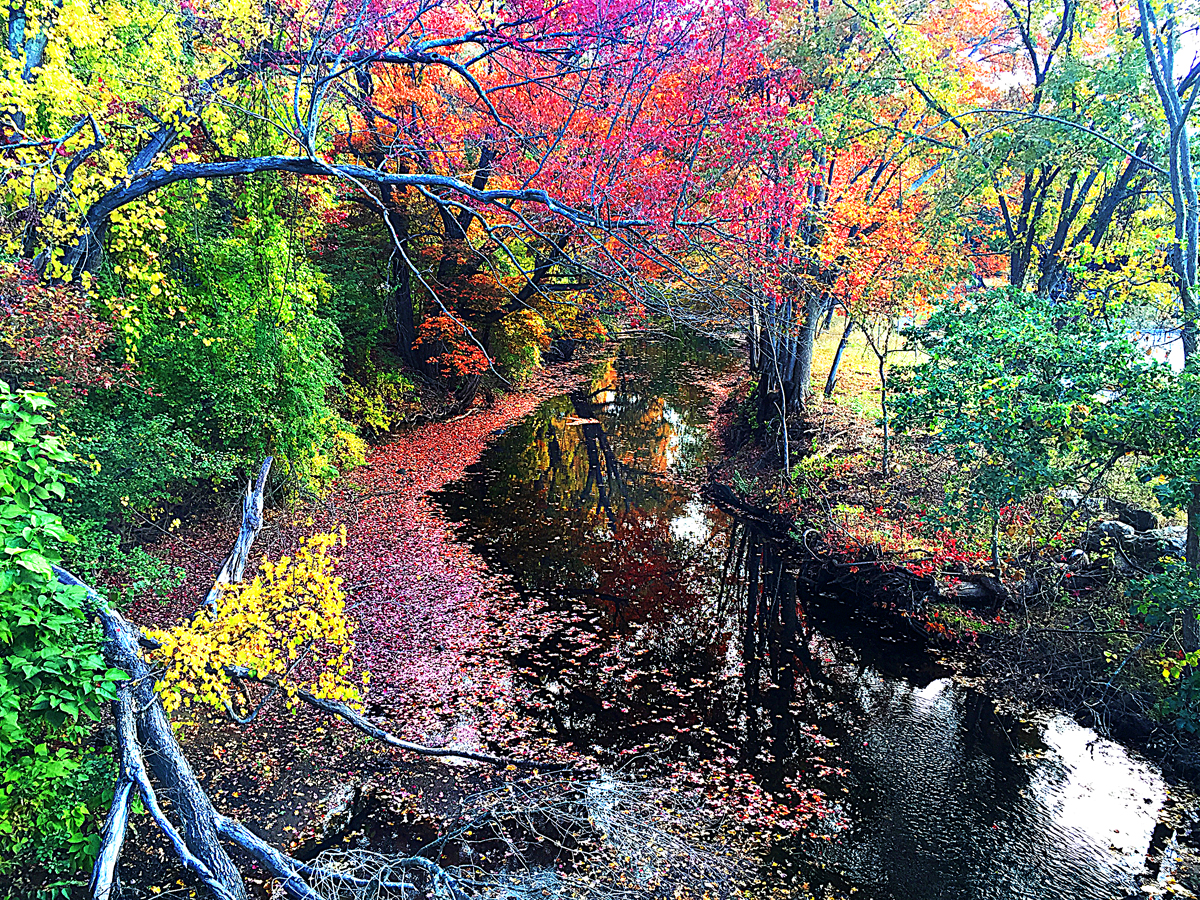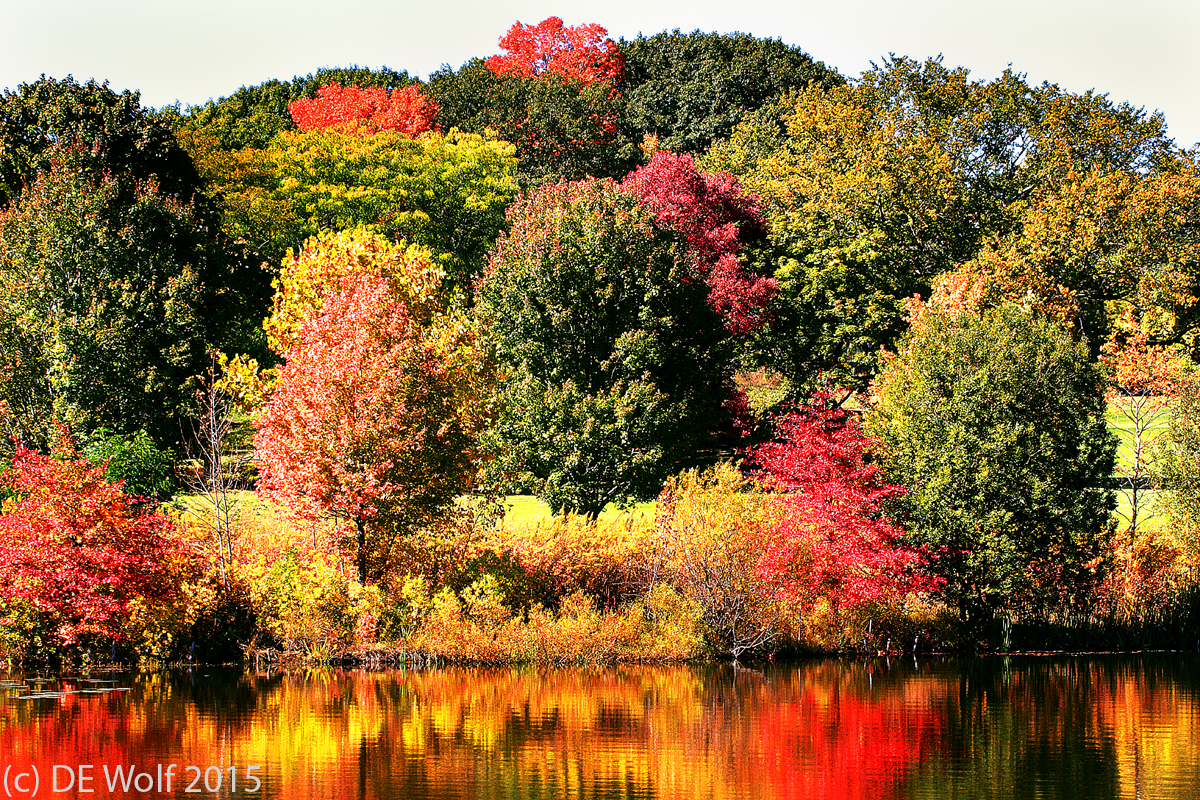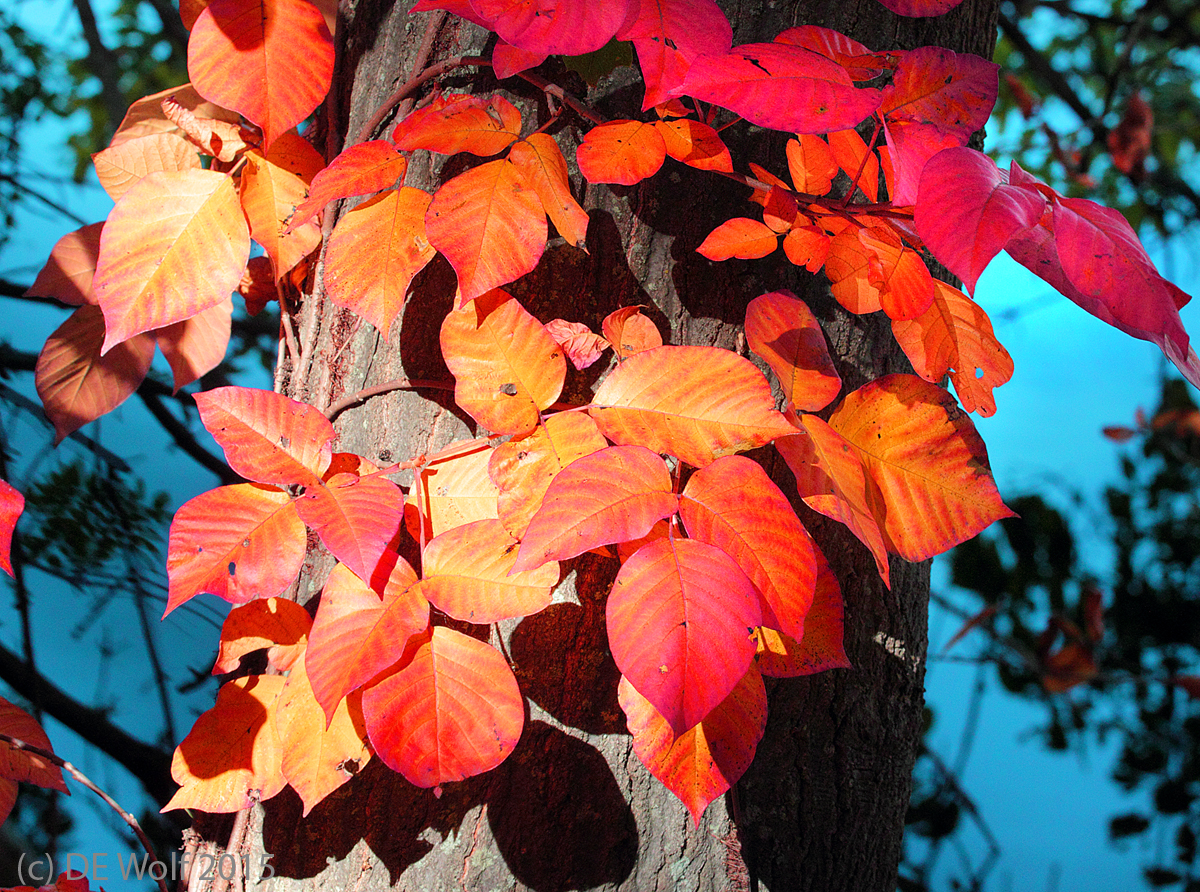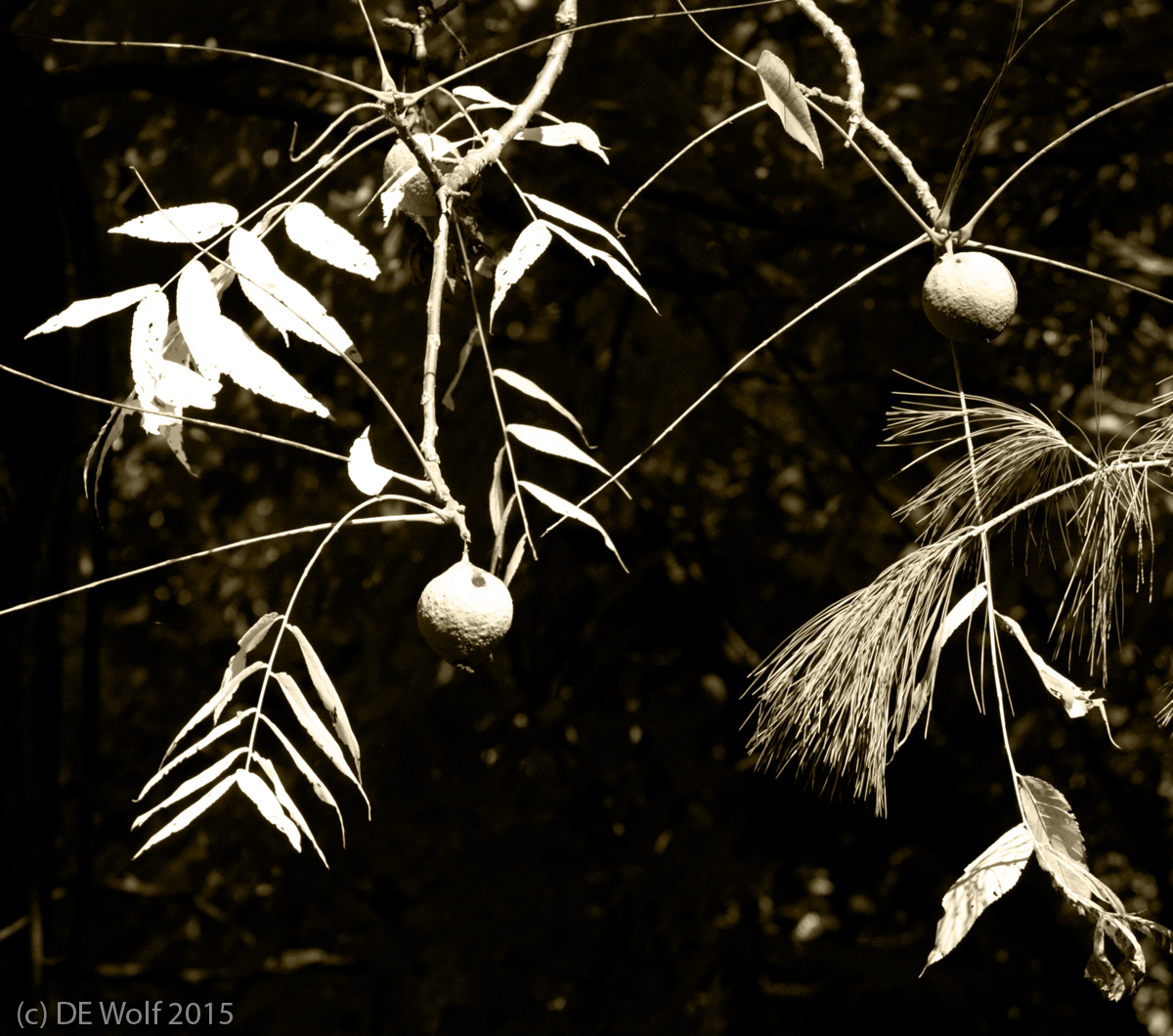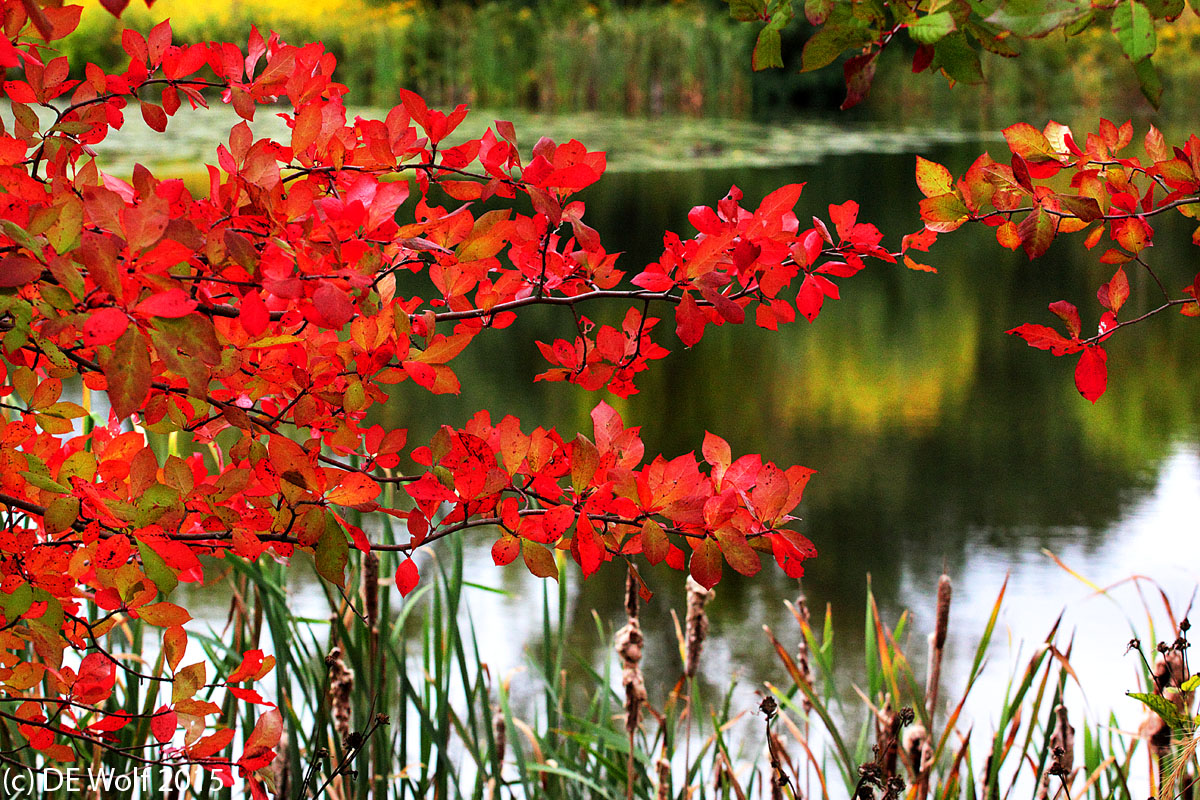We have spoken often in this blog about the machine-to-human and human-to-machine aspects of the modern world as we approach the singularity. To me it is a matter of dealing with the inevitable. You’re not going to stop or reverse the trend. It is much like time and the tides, in that they wait for no man. And really, the issue seems to be not so much a resistance to change but a resistance to the speed of change, which prevents us from taking the usual time to process what is going on. Of course, that’s the whole point. Isn’t it?
This morning I read a fascinating piece by Sean Coughlin, Education Correspondnent on the BBC News entitled “Digital dependence ‘eroding human memory’” Now there’s a subject close to my heart and favorite theme.
According to a new study by Dr. Maria Wimber from the University of Birmingham the trend of looking up information “prevents the build-up of long-term memories”. The study, examined the memory habits of 6,000 adults in the UK, France, Germany, Italy, Spain, Belgium, the Netherlands and Luxembourg. Not surprisingly, they found more than a third turn first to computers to recall information.
The big issue, of course, is what the long-term implications of such reliance are. And the problem that they identify is that push-button information can often be immediately forgotten. “Our brain appears to strengthen a memory each time we recall it, and at the same time forget irrelevant memories that are distracting us,” according to Dr Wimber.
A very marked observation is that among adults surveyed in the UK, 45% could recall their home phone number from the age of 10, while only 29% could remember their own children’s phone numbers and only 43% could remember their work number. This phenomenon has been dubbed “digital amnesia.” To modernize one of those Facebook postings people are so fond of, everyone has a photographic memory, some just don’t have RAM.
It has been argued that humans have evolved a new form of evolution, memetic evolution, where units of memory are created and passed on collectively. So the issue becomes whether the development by humans of digital memory – an extracorporeal form of memory is just a next logical step in this process of this super-evolution or whether we have mentally misstepped and lost our way. Losing your way in terms of evolution usually has catastrophic consequences. It has always struck me that there is a profound ignorance in the belief that we have somehow escaped the inevitable cycles of biological evolution.
Global warming is an example of this self-deception. Parts of the world are becoming precariously hot – precarious that is to support human life. Even a century’s view is myopic on a geological scale. If we predict doom and are a hundred years off in our predictions, the species is just as doomed, and along with it any arrogant view of having superseded biological evolution.

